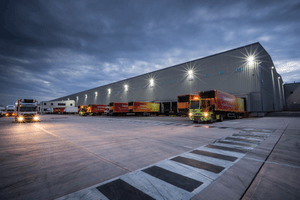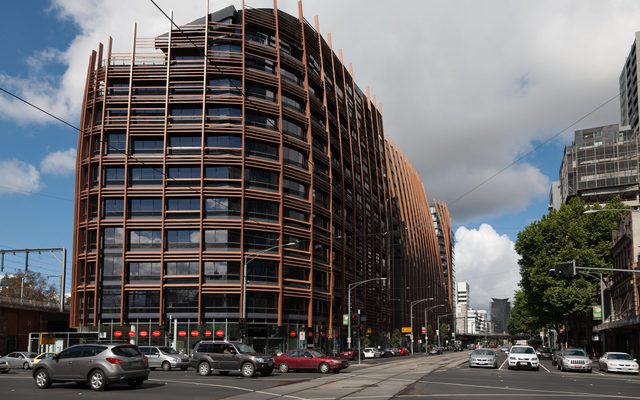This article is from the Australian Property Journal archive
CANBERRA and Perth were the only CBD office markets to achieve positive net absorption during the final quarter of 2020, while vacancies continued to increase in the major markets.
JLL figures showed negative net absorption of 116,000 sqm was recorded over across the country over the three-month period, less pronounced than in previous months.
“The office leasing market will follow a K-shape recovery with high occupancy rates for prime grade assets and vacancy pressures cascaded down to lower quality buildings,” JLL Head of Leasing – Australia, Tim O’Connor said.
“We started to see an increase in leasing enquiry and activity across most geographies over the latter part of 2020 and this has continued into 2021,” he said.
Most enquiry is lease expiry-led and is concentrated in the sub-500 sqm cohort of the market.
Sydney’s CBD recorded -57,300 sqm of net absorption over the quarter as vacancy increased to 11.9%. The headline vacancy rate is inflated by the inclusion of sublease availability, which increased to about 170,000 sqm, or 3.3%, of total stock.
O’Connor said a number of organisations have offered sublease space to the market as part of their cost-cutting measures. However, some of the space is only being offered on short-term leases or has an older style fit-out, and O’Connor said these spaces would be challenging to lease and some sublease offerings are expected to be withdrawn from the market over the second half of 2021.
The Melbourne CBD, which endured a second harsh lockdown period that impacted part of the quarter, recorded -68,200 sqm of net absorption as vacancy grew further to 13.2%, also owing to an increase in sublease availability.
“Similar to Sydney, we do believe that some of these sublease offerings will prove challenging to lease and may be withdrawn when office occupancy levels move back towards the 75% to 80% level,” O’Connor said.
Further pressure on the Melbourne market is expected in the form of the largest influx of new supply in almost three decades, although Amazon’s commitment in December to anchor a new $1.5 billion Charter Hall tower offered some cause for optimism.
The growing volume of empty space in both of the major markets has already put downward pressure on rents.
JLL head of research – Australia, Andrew Ballantyne said uncertainty about the economic outlook and return to work arrangements has led to an increase in sublease availability.
“However, the strong recovery in the Australian labour market over the latter part of 2020 is a positive sign that business sentiment is improving and organisations are becoming more confident in the post vaccine outlook for revenue and profitability.”
The federal and territory government-oriented Canberra market was the nation’s most resilient throughout 2020. It recorded positive net absorption of 17,300 sqm in the final three months of the year, and its vacancy rate firmed to 8.2% – its lowest rate since 2009.
O’Connor said the public sector is expected to be one of the most active industry sectors across the country in 2021.
“As we move towards the latter part of the pandemic, organisations will move from crisis mode into long-term strategic planning.”
Growing commodity prices, improving sentiment in the mining sector, and centralisation of businesses saw Perth also manage to record positive net absorption, of 6,800 sqm over the quarter, while vacancies tightened to 20.0%.
Brisbane recorded -9,100 sqm of net absorption and the headline vacancy rate increased by 0.4% to 14.0%. Small to medium enterprise enquiry picked up late in the year. Adelaide’s vacancies grew 1.2% to 16.6% as the CBD recorded -5,500 sqm of net absorption.





